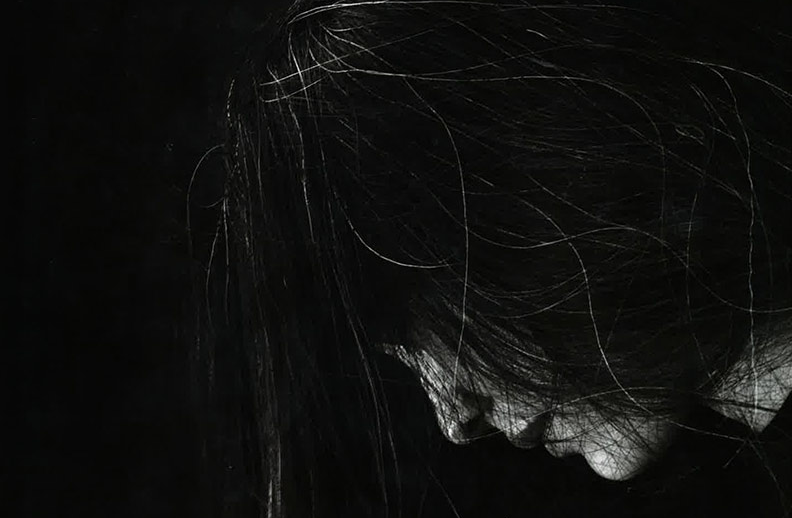
SAN FRANCISCO CHRONICLE -- As a 21-year-old art student at San Francisco State in 1962, Judy Dater took her very first photography class and, as she remembers it, fell in love with portraiture “at a time when everybody else was photographing landscapes.”
Dater was just getting comfortable behind the camera (“first a 35-millimeter, before I fell in love with the magic of a 4-by-5,” she says) during a period when the West Coast f.64 group (including Ansel Adams, Brett Weston and Imogen Cunningham), founded in Oakland in the 1930s, remained influential in the Bay Area’s photography scene. Named for an aperture used to achieve maximum sharpness and depth of field with a large-format camera, the collective espoused an environmental, anti-pictorialist aesthetic — think of Adams’ mountains or Weston’s rippling sand dunes — that still held sway three decades later.
“We would all go as a class on field trips to Pebble Beach. I remember everybody eagerly taking pictures of the rocks, but I just wanted one of my friends to go sit on the rocks. Seeing a person in relation to the environment was always more visually interesting to me,” Dater said recently, discussing her career and the upcoming retrospective exhibition, Judy Dater: Only Human, opening Saturday, April 7, at the de Young Museum.
Photo: Judy Dater. Tai Chi Woman, Woodside, California. 1997. Archival pigment print, print: 44.5 inches by 35 inches on 45.5 inches by 36 inches sheet. Collection of the artist. Photo courtesy of the Fine Arts Museums of San Francisco.